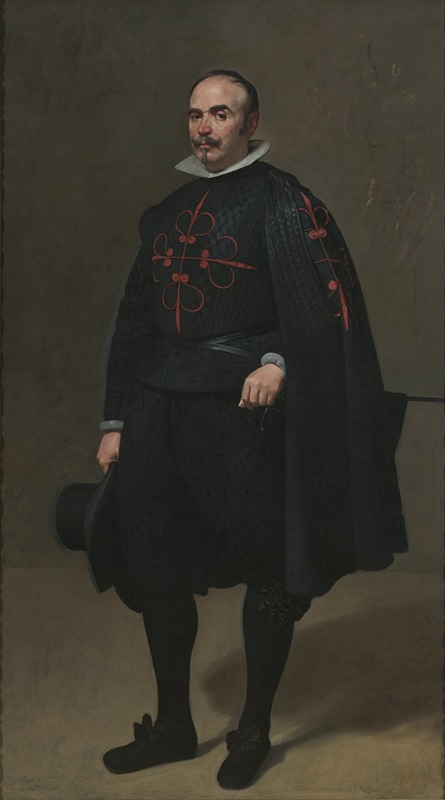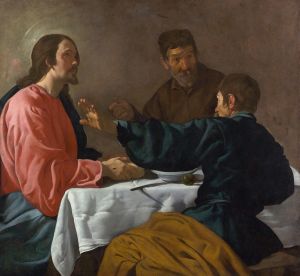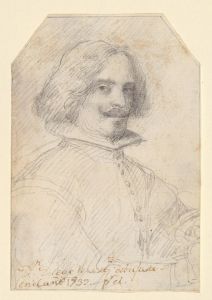
Portrait of Don Pedro de Barberana
A hand-painted replica of Diego Velázquez’s masterpiece Portrait of Don Pedro de Barberana, meticulously crafted by professional artists to capture the true essence of the original. Each piece is created with museum-quality canvas and rare mineral pigments, carefully painted by experienced artists with delicate brushstrokes and rich, layered colors to perfectly recreate the texture of the original artwork. Unlike machine-printed reproductions, this hand-painted version brings the painting to life, infused with the artist’s emotions and skill in every stroke. Whether for personal collection or home decoration, it instantly elevates the artistic atmosphere of any space.
Diego Velázquez's Portrait of Don Pedro de Barberana is a notable work by the Spanish Baroque painter, created during the height of his career. Velázquez, known for his masterful use of realism and subtle psychological depth, painted this portrait around 1631–1633. The artwork is an oil-on-canvas painting and is currently housed in the Musée des Beaux-Arts in Rouen, France.
The subject of the portrait, Don Pedro de Barberana y Aparregui, was a prominent figure in 17th-century Spain. He served as a knight of the Order of Santiago and held various important positions within the Spanish court. The painting depicts Don Pedro in a formal, aristocratic pose, wearing a dark, elegant outfit typical of the Spanish nobility of the time. His attire is adorned with a white lace collar, and he is shown holding a letter or document, a detail that may signify his status or profession.
Velázquez's skill as a portraitist is evident in the meticulous rendering of textures, such as the fabric of Don Pedro's clothing and the delicate lace collar. The artist's use of light and shadow enhances the three-dimensionality of the figure, while the neutral background ensures that the viewer's attention remains focused on the subject. The restrained color palette, dominated by blacks and whites, is characteristic of Velázquez's mature style and reflects the somber elegance of Spanish court portraiture.
This painting is an excellent example of Velázquez's ability to convey the personality and dignity of his sitters. Don Pedro's calm and composed expression suggests a man of authority and intellect, while the overall composition emphasizes his social standing. The portrait is also notable for its simplicity and lack of excessive ornamentation, which aligns with Velázquez's preference for realism over idealization.
While the exact circumstances of the commission are not documented, it is likely that the portrait was created as part of Velázquez's work for the Spanish court, where he served as the official painter to King Philip IV. The painting's current location in Rouen is the result of its acquisition by the Musée des Beaux-Arts, though the details of its provenance prior to this are not fully known.
Portrait of Don Pedro de Barberana remains an important example of Velázquez's portraiture and offers insight into the artist's technique and the cultural context of 17th-century Spain.


















